Advantages of ball mills compared to other types of grinders:
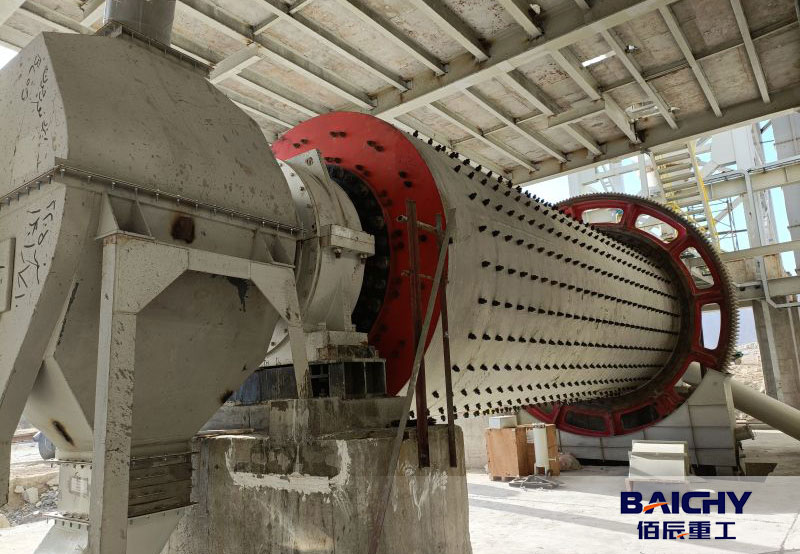
1. Versatility in grinding methods:
Wet and dry grinding capabilities: Ball mills can handle both wet and dry grinding processes. This is a significant advantage as it allows them to be used in a wide range of applications and for various materials that may require different grinding conditions. For example, in the mining industry, wet grinding is often used for ores that are difficult to process in a dry state, while in the chemical industry, both wet and dry grinding may be employed depending on the nature of the chemical and the subsequent processing steps. In contrast, some other grinders may be limited to only one type of grinding method, reducing their applicability in different industrial processes.
2. High production capacity and continuous operation:
Large material handling capacity: Ball mills are capable of handling a large amount of material in a single batch, which makes them suitable for high-volume production. They can continuously grind materials over an extended period, ensuring a steady output of powdered material. This is particularly important in industries such as cement production, where a consistent supply of fine powder is required for the manufacturing process.
Efficient for long-duration operations: The design of ball mills allows for continuous operation without frequent interruptions for maintenance or material loading/unloading. This leads to increased productivity and reduced downtime, enhancing the overall efficiency of the grinding process.
3. Uniform product output:
Consistent particle size distribution: Ball mills produce a uniform product in terms of particle size. The grinding action within the mill ensures that all particles are ground to a similar size, which is crucial for many applications where a specific particle size range is required. For instance, in the pharmaceutical industry, a consistent particle size is essential for the proper formulation and efficacy of drugs. This level of uniformity is not always achievable with other types of grinders, which may result in a wider variation in particle size.
4. Cost-effective:
Low initial and operating costs: The initial investment cost for a ball mill may be relatively lower compared to some other advanced grinding technologies, especially for basic models. Additionally, the operating costs are also relatively low due to their simple design and easy maintenance requirements. The grinding media (such as steel balls) used in ball mills are relatively inexpensive and can be easily replaced when worn out, further reducing the overall cost of operation.
5. Easy maintenance and operation:
Simple design for maintenance: The structure of a ball mill is relatively simple, consisting of a cylindrical shell, a rotating shaft, and grinding media. This makes it easier to maintain and repair compared to more complex grinding machines. The components are accessible, and routine maintenance tasks such as replacing the grinding media or checking the bearings can be carried out without significant technical expertise.
Easy to operate for operators: Ball mills are user-friendly and can be operated by both experienced and inexperienced operators with relatively little training. The operating parameters are straightforward to set and control, allowing for smooth operation and consistent performance.
5. Versatility in materials:
Ability to grind various materials: Ball mills can handle a wide variety of materials, including hard solids such as ores, minerals, and ceramics, as well as softer materials like chemicals and pigments. This makes them a versatile option for different industries that require grinding of diverse materials. The adaptability to different materials is a significant advantage over some other grinders that may be limited to specific types of materials based on their design and working principles.
Disadvantages of ball mills compared to other types of grinders:
1. High energy consumption:
Energy-intensive operation: Ball mills require a significant amount of energy to operate due to the rotational motion of the cylinder and the impact of the grinding media on the material. This leads to higher energy costs, especially for large-scale operations or processes that require continuous grinding. In comparison, some modern grinding technologies may be more energy-efficient, using advanced techniques such as high-pressure grinding or fluidized bed grinding to achieve similar or better grinding results with lower energy consumption.
2. Limited in ultra-fine grinding:
Difficulty in achieving extremely fine particles: Although ball mills can produce fine powders, they may not be as effective in achieving ultra-fine grinding as some other specialized grinders. The size reduction achieved by a ball mill is limited by factors such as the size and density of the grinding media, the rotational speed of the mill, and the residence time of the material in the mill. For applications that require extremely fine particles, such as in the production of advanced ceramics or certain nanomaterials, other grinding methods may be more suitable.
3. Noise and vibration:
Generates significant noise and vibration during operation: The operation of a ball mill can be noisy and generate significant vibration. This can be a problem in workplaces where noise levels need to be controlled, such as in urban areas or near residential areas. The vibration can also cause wear and tear on the equipment and the surrounding infrastructure, requiring additional measures to dampen the vibration and reduce noise pollution.
4. Equipment size and space requirements:
Large footprint: Ball mills are relatively large in size, especially for high-capacity models. They require a significant amount of floor space, which may be a limitation in plants or facilities where space is limited. In contrast, some other grinders, such as vertical mills or roller mills, may have a more compact design and take up less space, making them more suitable for installations with space constraints.
5. Risk of over-grinding:
Inefficiency in certain cases: Ball mills have a tendency to over-grind the material if the operating parameters are not properly controlled. Over-grinding can result in fines that are too small for the desired application, wasting energy and reducing the overall efficiency of the grinding process. This requires careful monitoring and adjustment of the operating parameters to ensure optimal grinding performance.
6. Not suitable for sticky materials:
Clogging issues with certain materials: Sticky materials can adhere to the grinding media and the interior of the mill, causing clogging and interfering with the grinding process. This limits the use of ball mills for processing materials that have high moisture content or are sticky in nature. Other types of grinders, such as those with specialized designs or different grinding mechanisms, may be better suited for handling such materials.
In summary, mining ball mills are versatile equipment used in various stages of the mining process plant. Baichy Machinery Company is headquartered in Zhengzhou, Henan. As a manufacturer specializing in the production of mining machinery for more than 20 years, it has a good reputation in the industry. If you have any questions about ball mill machine, please click on the online customer service, which will answer you at 24 hours a day.






 2025-04-14
2025-04-14

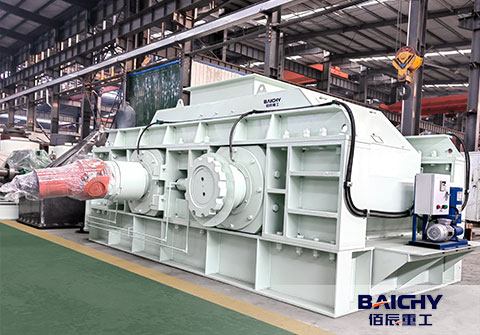
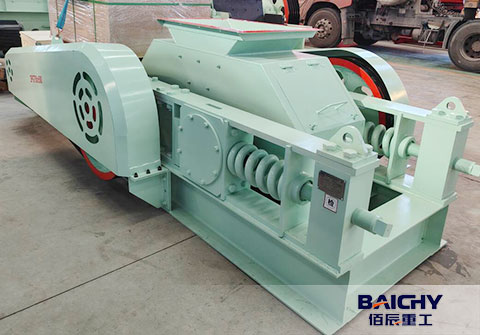
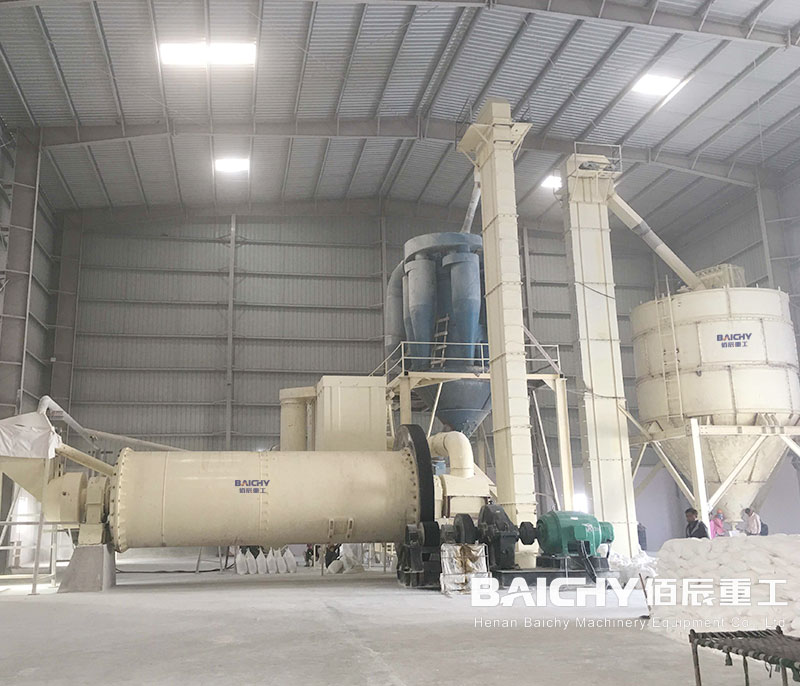
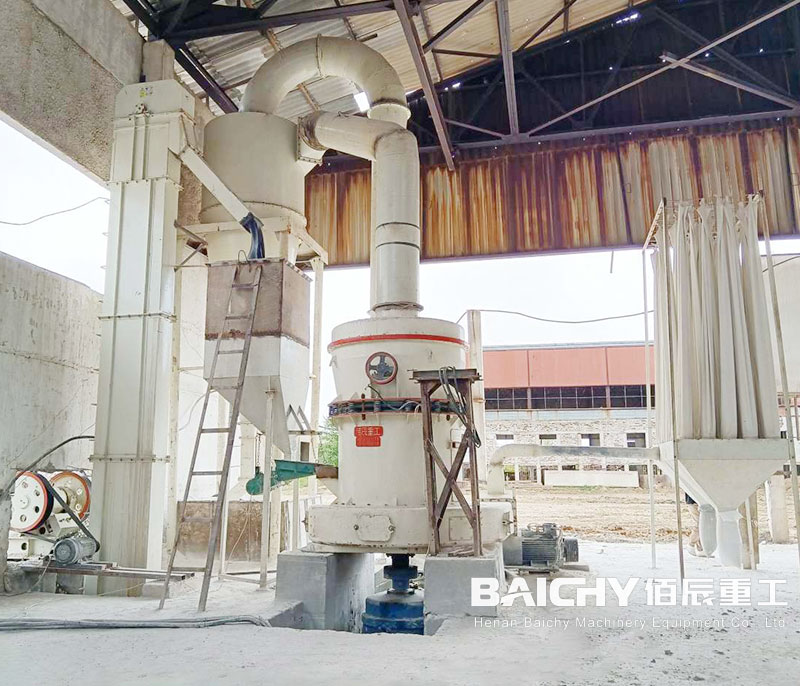

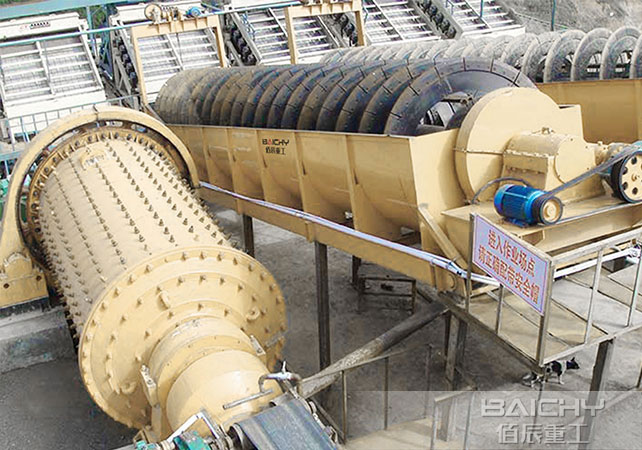














 86-15093113821
86-15093113821
 86-15093113821
86-15093113821

